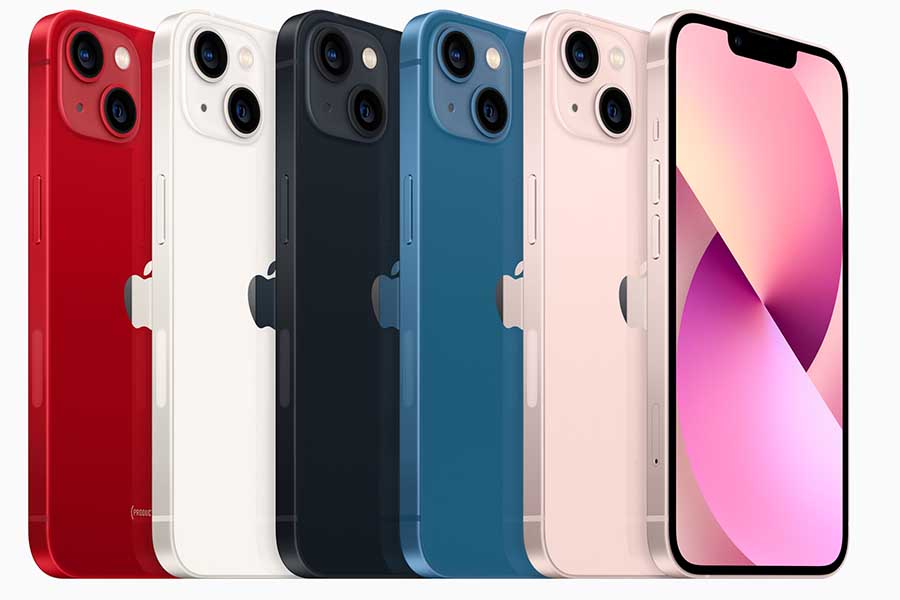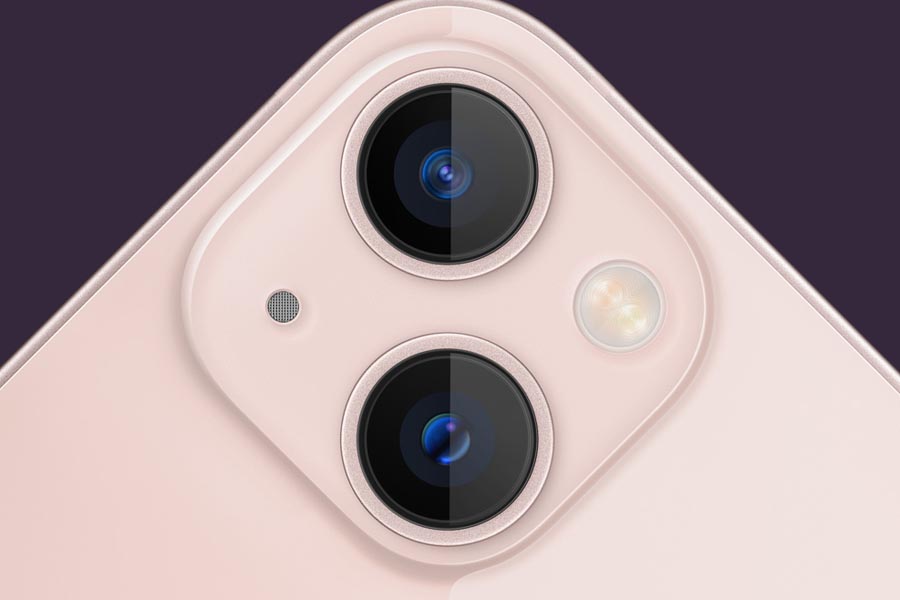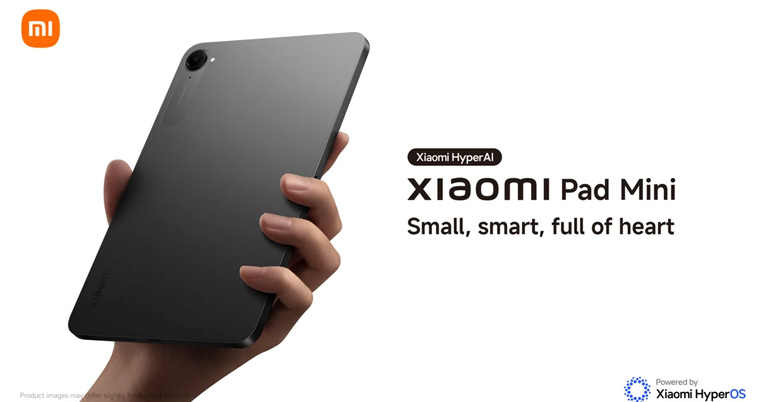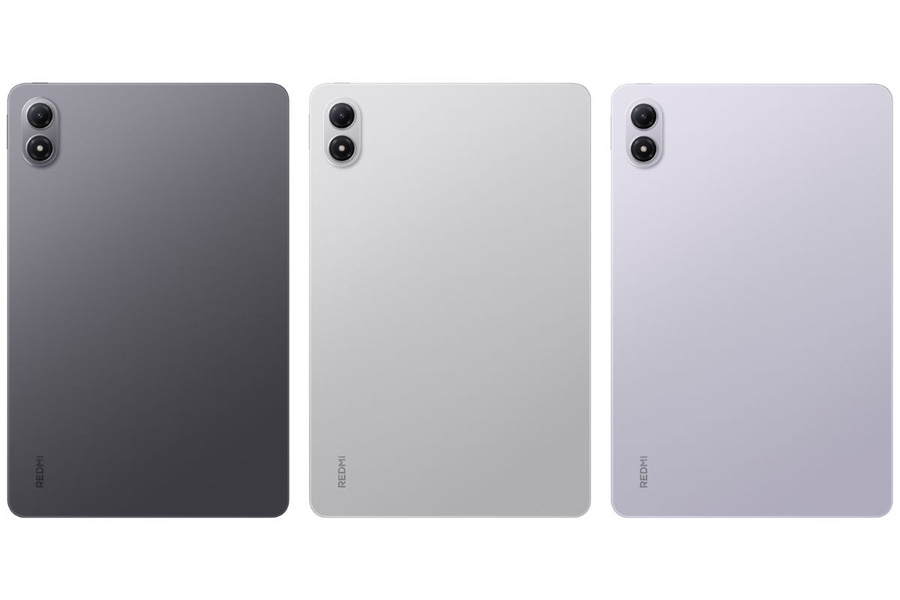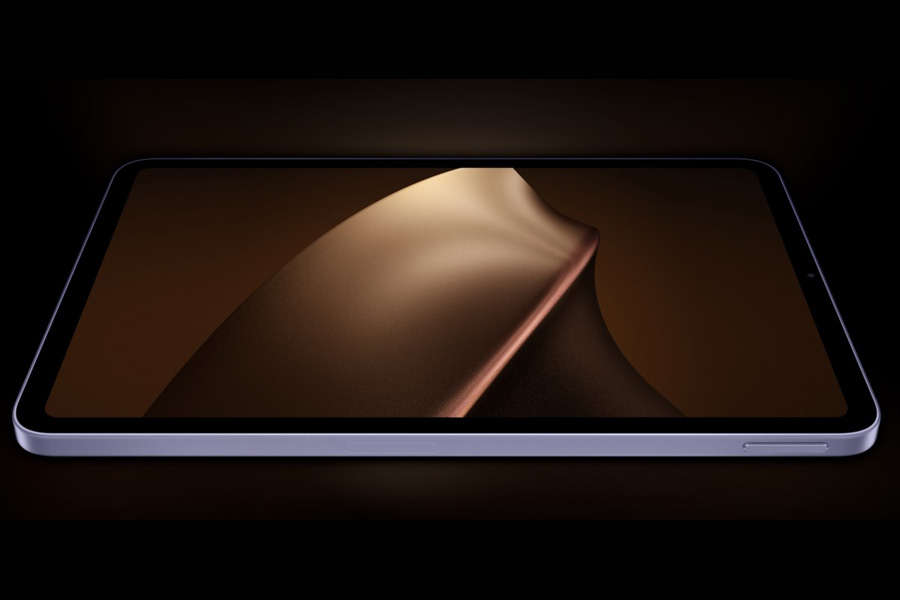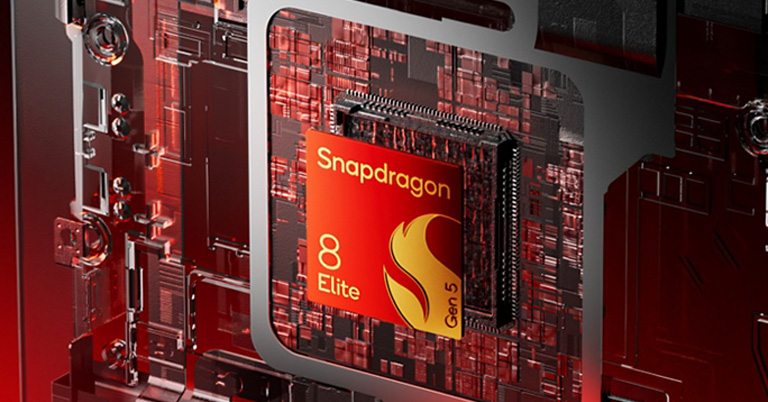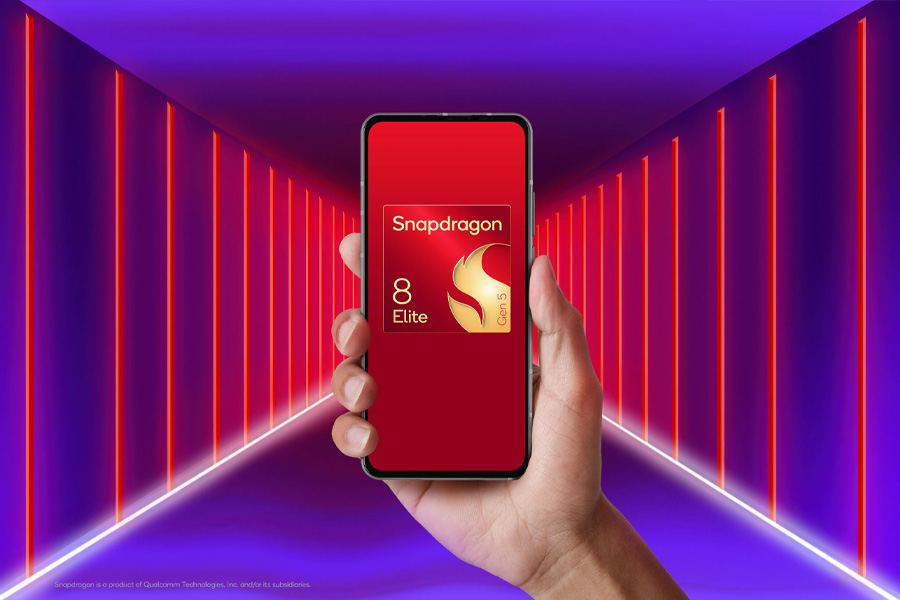Xiaomi just unveiled the 17 Pro alongside the standard 17 at a recent Xiaomi event in Beijing. The Pro model brings something we haven’t seen much lately – a secondary rear display built right into the camera module. It’s not the first time we’ve seen this concept, but never a device this powerful. Now, let’s jump into this article, where I will discuss everything about the latest Xiaomi 17 Pro, including its price in Nepal, specifications, and availability.
Xiaomi 17 Pro Overview
The Secondary Display
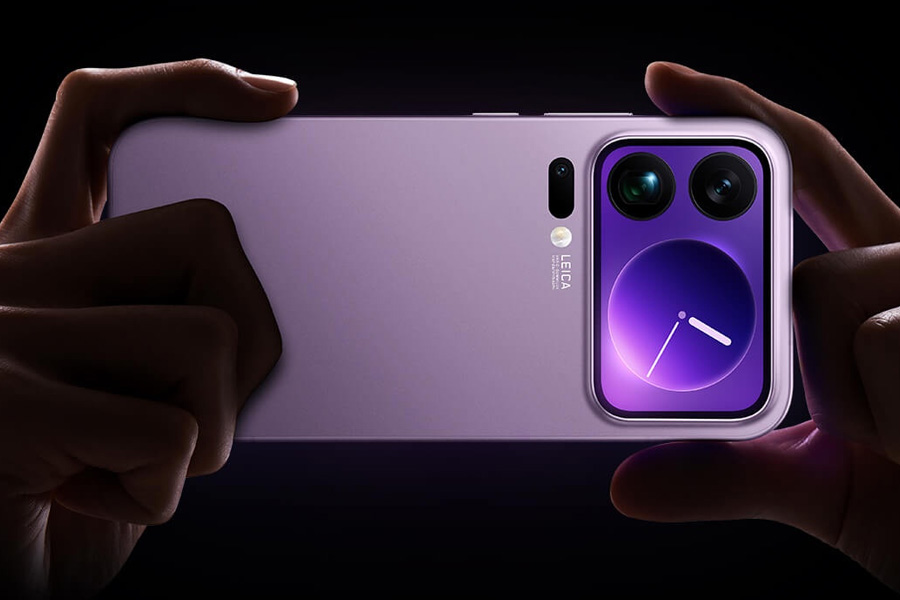
The 2.7-inch secondary display sits around the camera module on the back. It’s roughly 2.5 x 1.8 inches, though the rounded corners and camera lenses eat into the usable space. This isn’t entirely new – Xiaomi tried something similar with the Mi 11 Ultra back in 2021, and we’ve seen rear displays on phones like the Yotaphone series and more recently the Nothing Phone 3 (although it’s slightly different).
What’s different here is how they’ve integrated it. Instead of being a separate element, it’s built around the camera bump. The rectangular lozenge design replaces Xiaomi’s previous circular camera layout, with two prominent lenses on the left side.
The display can show customizable themes, simple clock styles, step counts, animated wallpapers, or even animated pets that reflect your phone’s state. When your battery gets low, the pet looks tired. For notifications, you get real-time updates for flights, trains, ride-shares, deliveries, and music playback. Pull down for standard phone notifications. There’s also an “AI Pin” feature that lets you pin items like schedules or QR codes for quick access.
Design and Display
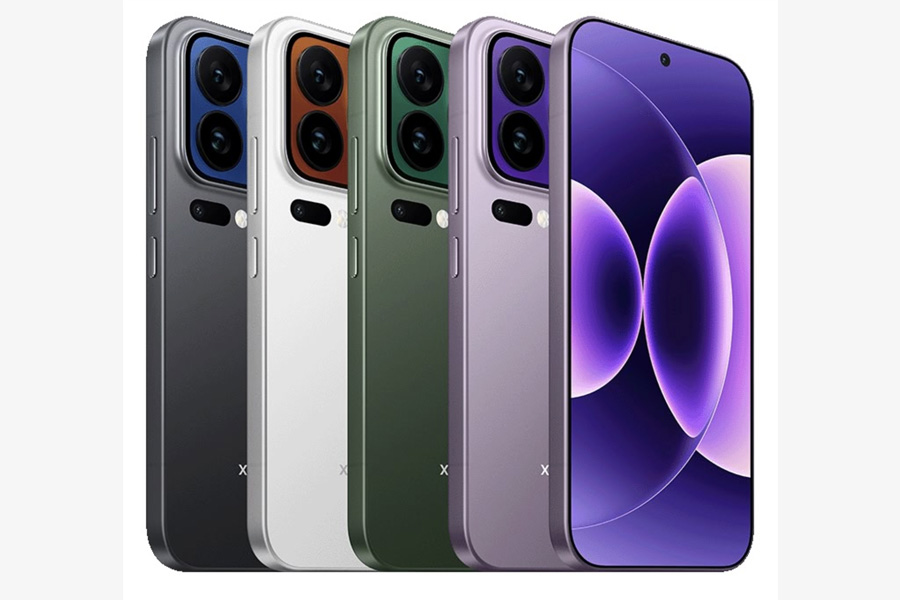
The phone is 8mm thick and weighs 192g, which seems reasonable to me given the secondary display and large battery. You get an in-display fingerprint sensor, and the build includes UWB (Ultra-Wideband) support for precise spatial awareness. The colors include Black, Cold Smoke Purple, Forest Green, and White.
The 6.3-inch M10 LTPO AMOLED display is the same panel technology as the standard Xiaomi 17. You get 1220 × 2656 px resolution with variable refresh rates and 3,500 nits peak brightness. The M10 designation represents Xiaomi’s latest display generation with improved power efficiency compared to previous panels.
The LTPO technology allows the refresh rate to drop as low as 1Hz for static content, which should help with battery life, given that massive battery. Peak refresh hits 120Hz for gaming and scrolling.
The bezel implementation is also similar to the standard 17, with those 1.18mm uniform bezels using LIPO packaging technology. The Dragon Crystal Glass protection carries over from the standard model, though Xiaomi hasn’t detailed exactly what improvements this brings over their previous Shield Glass.
Camera
The Pro packs a triple 50MP camera system with Leica tuning. The main sensor is the Light Hunter 950L, paired with a 50MP ultrawide and 50MP telephoto. The telephoto lens differs from the Pro Max’s periscope setup – the Pro Max gets 5x optical zoom and 30cm macro photography, while the regular Pro has a more standard telephoto implementation.
Since we are talking about a camera, i think it’s worth mentioning that the secondary screen’s most practical use might be for selfies. You can use the main camera setup for selfies while previewing on the rear display.
Performance and Battery
Both Pro models and the regular Xiaomi 17 run the Snapdragon 8 Elite Gen 5, which we’ve covered in detail elsewhere. You’re looking at AnTuTu scores around 4 to 4.4 million. And this chipset would be more than enough to play games, and in fact overkill for normal social media usage.
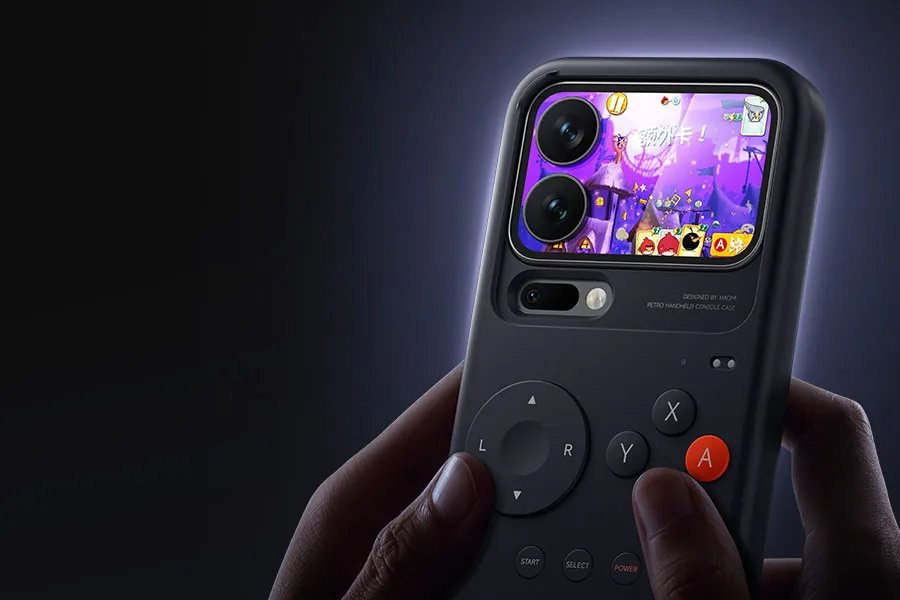
Xiaomi’s pushing a “Handheld Console Mode” with a separate Retro Handheld Console Case that adds a physical D-pad and buttons. You can play small games on the secondary display. But my view is that even though this does seem like a novel concept, i fail to see the practicality of using the secondary display for gaming. Even though the gaming case is sold separately, I again fail to see who’d be excited about this on regular basis? One would surely be bored after a couple of days, after all.
The 17 Pro packs a 6,300mAh battery using a L-shaped design and silicon-carbon technology. Xiaomi claims around 2 days per charge, which sounds optimistic but we’ll see. The 100W wired charging should get you through a full day quickly, with 50W wireless charging for convenience.
- Also, read
- Xiaomi HyperOS 3 is here with a lot of iOS inspirations
- Xiaomi’s Redmi Note 15 Pro and Pro Plus are launching this month
- Xiaomi is apparently testing a Redmi phone with a massive 9,000mAh battery
Software Integration
Android 16-based HyperOS 3 ships out of the box. The new software includes HyperIsland, Xiaomi’s take on Dynamic Island, plus an AI assistant called Hyper XiaoAi that remembers your preferences and suggests apps proactively. The AI can show contextual information on the back screen, like live flight updates or delivery notifications, without you having to pick up the phone.
Xiaomi 17 Pro Specifications
- Design, Build: 8mm thick, 192g, metal frame, flat screen, rectangular camera module with integrated 2.7-inch secondary display, in-display fingerprint sensor, Colors: Black, Cold Smoke Purple, Forest Green, White
- Display: 6.3-inch M10 LTPO AMOLED primary display, 1220 × 2656 px resolution, variable refresh rate, 3,500 nits peak brightness, secondary 2.7-inch M10 display (2.5 x 1.8 inches usable)
- Chipset: Qualcomm Snapdragon 8 Elite Gen 5 (3nm process), Octa-core configuration, Adreno 840 GPU
- Memory: 12GB/16GB RAM options, 256GB/512GB/1TB storage configurations
- Software & UI: Android 16-based HyperOS 3, HyperIsland feature, Hyper XiaoAi assistant
- Rear Camera: Triple 50MP setup – Light Hunter 950L main sensor, 50MP ultrawide, 50MP telephoto, Leica tuning, secondary display for selfie preview
- Front Camera: 50MP sensor
- Security: In-display Ultrasonic fingerprint sensor
- Connectivity: Wi-Fi 7, Bluetooth, 5G, 4G, GPS, NFC, USB Type-C, UWB (Ultra-Wideband)
- Sensors: Standard sensor suite including accelerometer, gyroscope, proximity, compass
- Battery: 6,300mAh L-shaped battery with silicon-carbon technology, 100W wired charging, 50W wireless charging
- Secondary Display Features: Customizable themes, notifications, AI Pin, selfie preview, handheld gaming (with separate case), animated pets
Xiaomi 17 Pro Price in Nepal and Availability
The Pro model starts at CNY 4,999 for the 12GB/256GB variant in China. When it arrives in Nepal, expect pricing to start around NPR 110,000 for the base configuration.
| Xiaomi 17 Pro | Price in China (Official) | Price in Nepal (Expected) |
|---|---|---|
| 12GB/256GB | CNY 4,999 | NPR 110,000 |
| 12GB/512GB | CNY 5,299 | NPR 117,000 |
| 16GB/512GB | CNY 5,599 | NPR 124,000 |
| 16GB/1TB | CNY 5,999 | NPR 133,000 |
- Meanwhile, check out our review of the Vivo V60


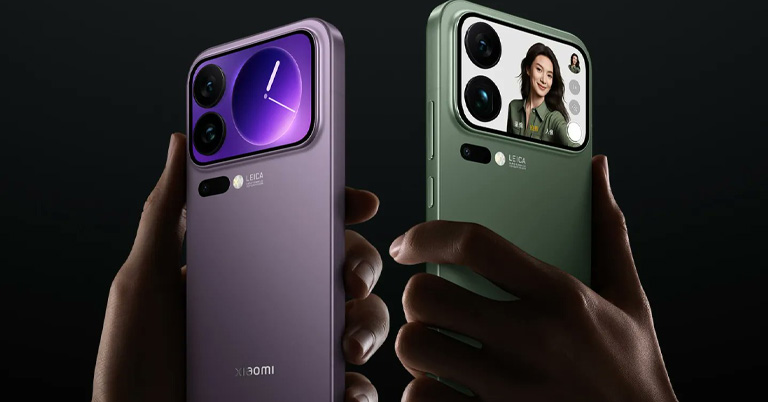
![iPhone 16 Price in Nepal [2025 Updated] iPhone 16 Price in Nepal [2025 Updated]](https://cdn.gadgetbytenepal.com/wp-content/uploads/2024/08/iPhone-16-Price-in-Nepal-1.jpg)



![iPhone 16e Price in Nepal [2025 Updated] iPhone 16e Price in Nepal [2025 Updated]](https://cdn.gadgetbytenepal.com/wp-content/uploads/2025/02/iPhone-16e-Design-and-Display-1.jpg)


![iPhone 15 Price in Nepal [2025 Updated] iPhone 15 Price in Nepal [2025 Updated]](https://cdn.gadgetbytenepal.com/wp-content/uploads/2023/08/iPhone-15-Price-in-Nepal.jpg)

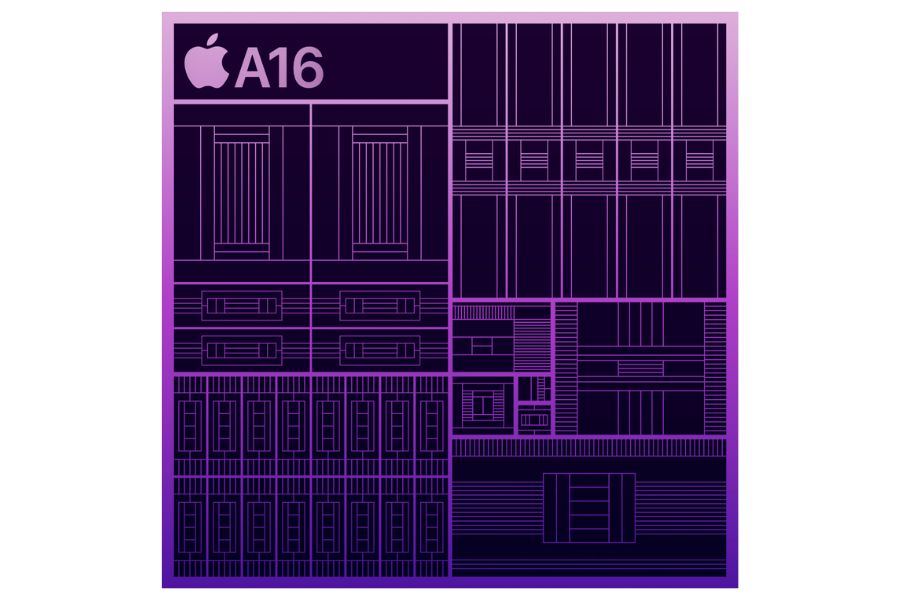
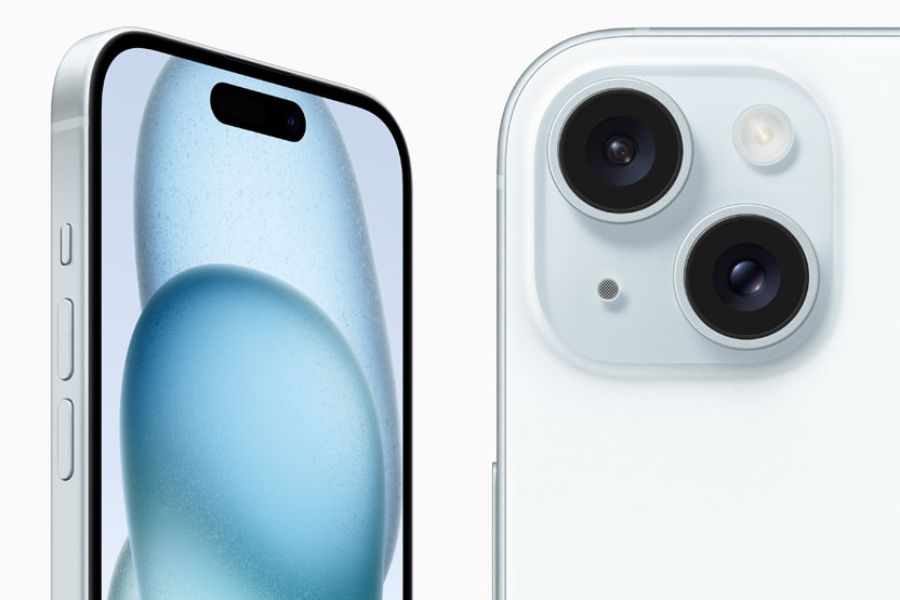

![iPhone 14 Price in Nepal [2025 Updated] iPhone 14 Price in Nepal [2025 Updated]](https://cdn.gadgetbytenepal.com/wp-content/uploads/2022/09/iPhone-14-Price-in-Nepal.jpg)
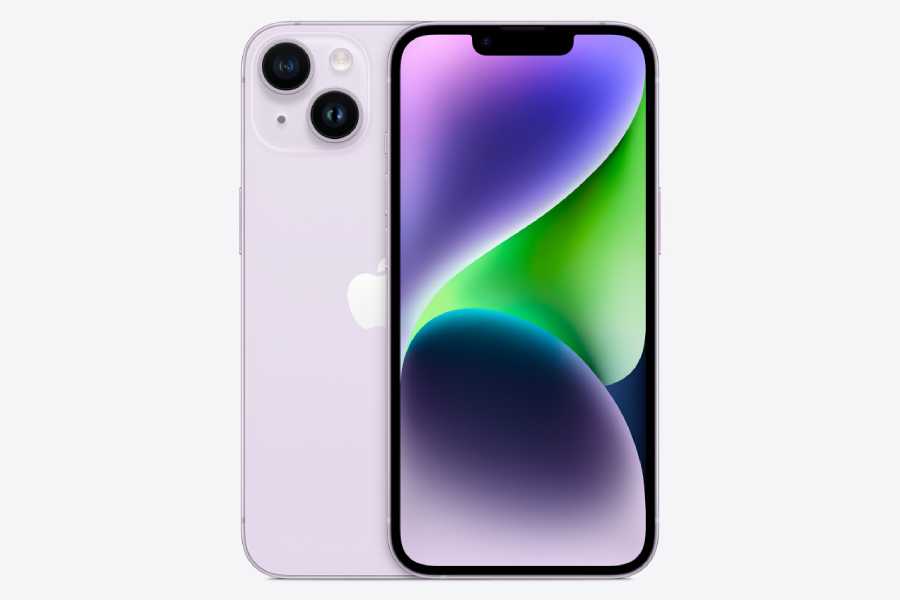
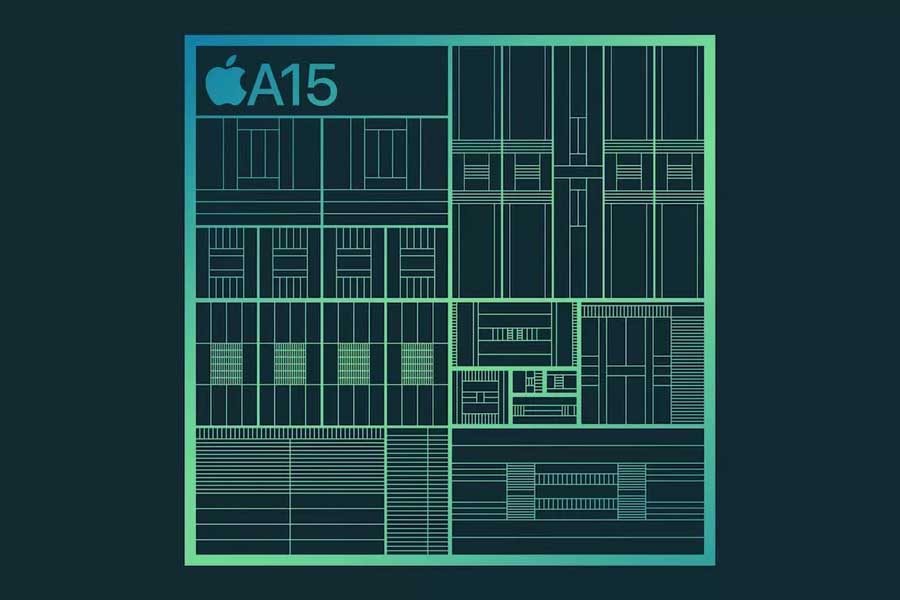
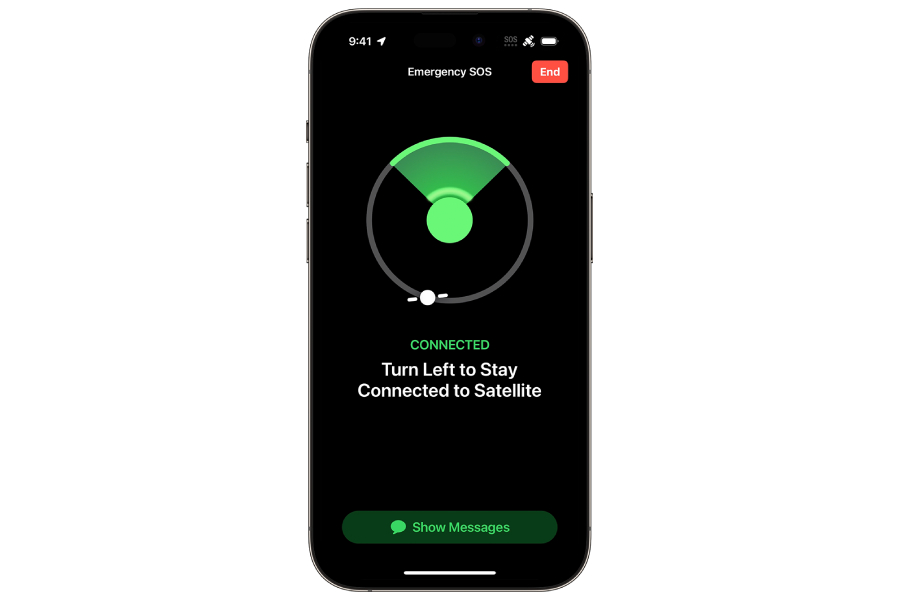
![iPhone 13 Price in Nepal [2025 Updated] iPhone 13 Price in Nepal [2025 Updated]](https://cdn.gadgetbytenepal.com/wp-content/uploads/2021/09/iPhone-13-Price-Nepal.jpg)
